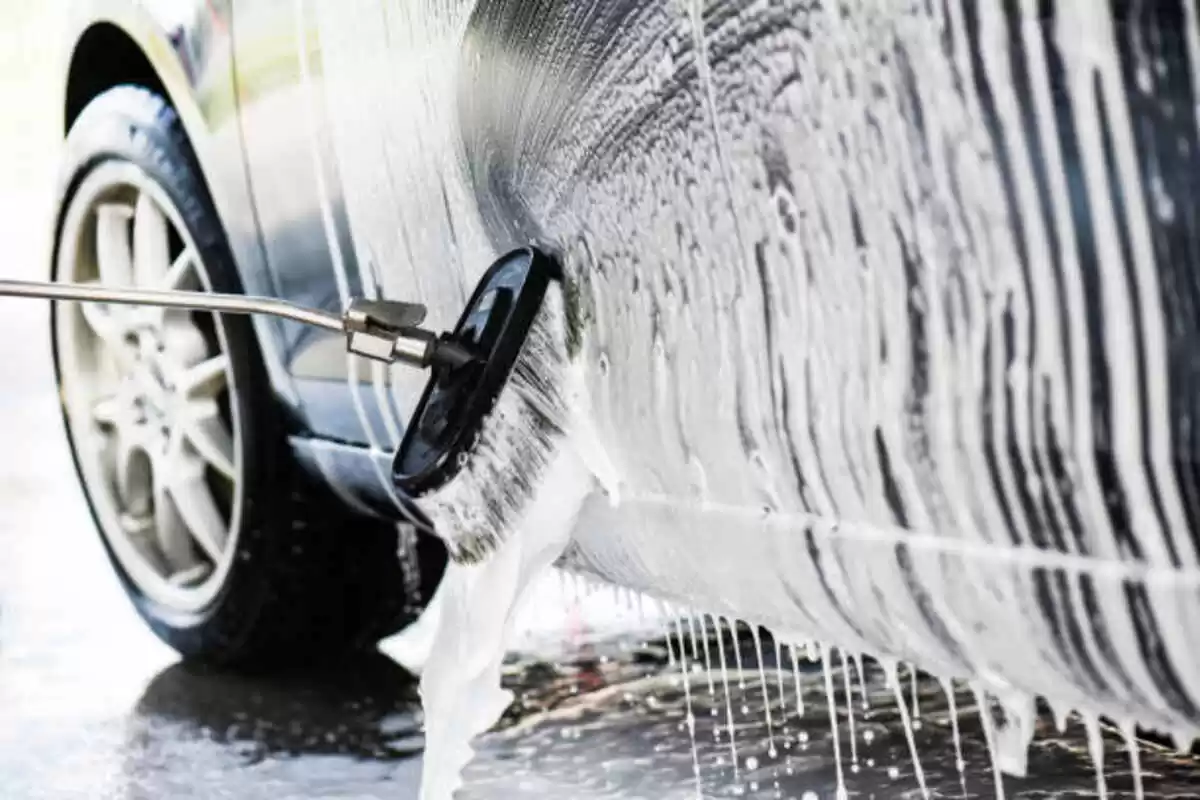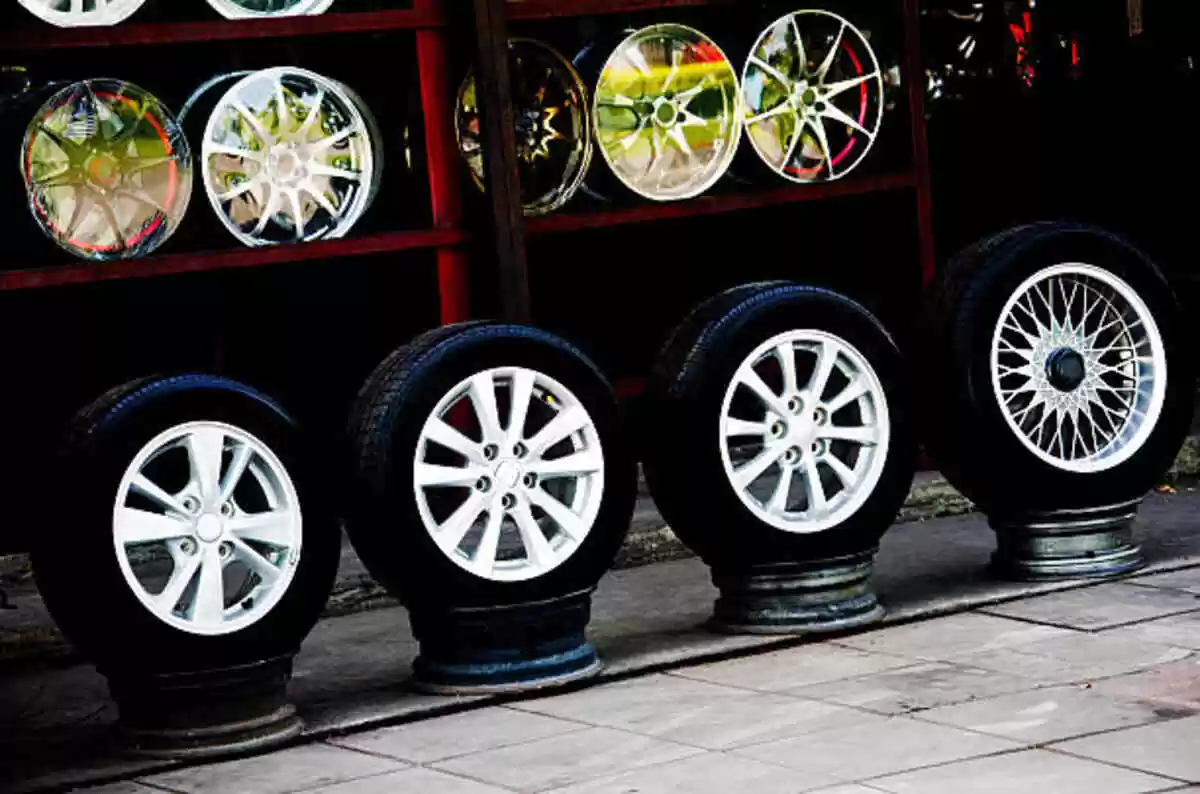STOCKHOLM — Volvo Cars flagged a potential dip in retail sales this year after posting higher second-quarter profits.
Supply problems, above all a global shortage of semiconductors, have squeezed output and retail sales in recent quarters, but Volvo CEO Jim Rowan recently told Automotive News Europe that he expected “some improvement toward the end of the second quarter.”
Volvo said Wednesday that its global production in June rose 8 percent to 60,000 vehicles, its highest monthly output in 2022.
“On the supply situation, we are now seeing a marked improvement with production making a strong comeback in June,” Rowan said in the company’s quarterly report.
Despite the positive signs, the Sweden automaker said on Wednesday it expected full-year retail deliveries to be lower or on par with 2021, while wholesale volumes will increase.
“However, due to the time lag between production and retail deliveries, those improvements are not expected to result in an increase in retail sales during the calendar year,” the company said.
Volvo sold 698,693 vehicles last year and its six-month volume was down 23 percent to 291,300.
Volvo’s quarterly operating profit rose to 10.8 billion Swedish crowns ($1.06 billion) from 4.8 billion a year ago as accounting effects from the listing of its subsidiary, performance EV maker Polestar, gave a boost. That resulted in an Ebit margin of 15.1 percent, but without the listing Volvo’s margin was 6.5 percent.
Operating earnings for the core business at Volvo Cars, majority owned by China’s Geely Holding, reached 4.6 billion in the quarter.
“Volvo reported a solid set of Q2 results in the light of multiple hurdles including semiconductor constraints and impact of Chinese lockdowns on demand,” investment bank JPMorgan said in a note.





